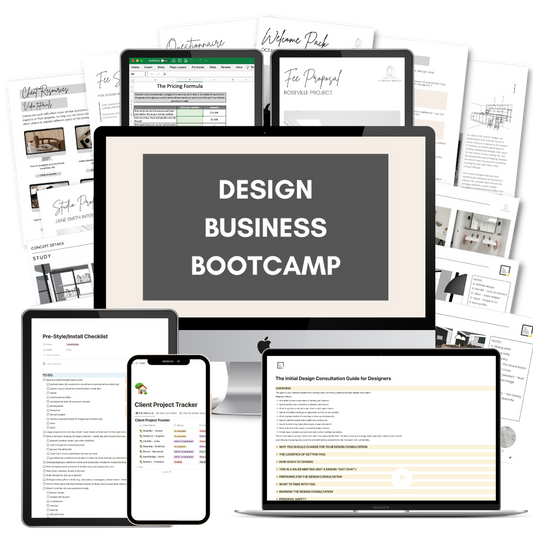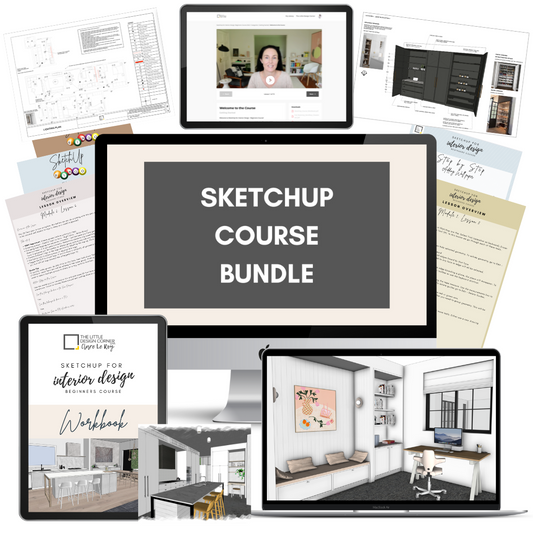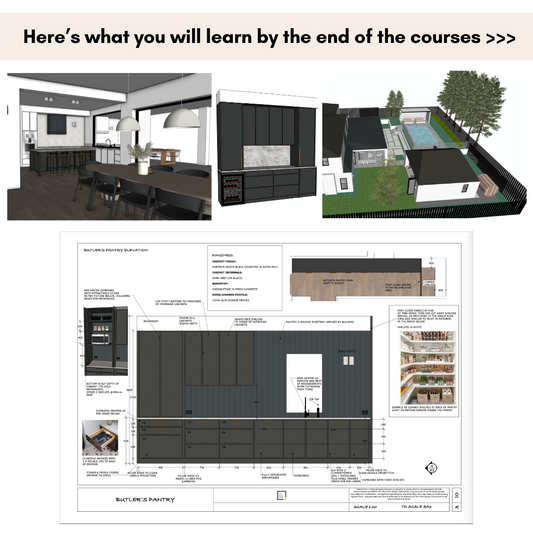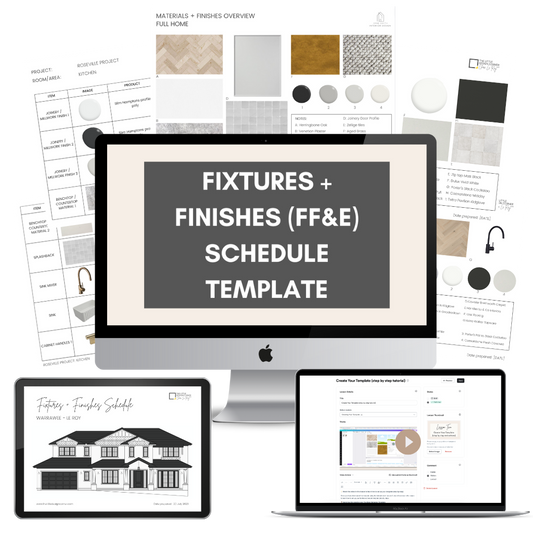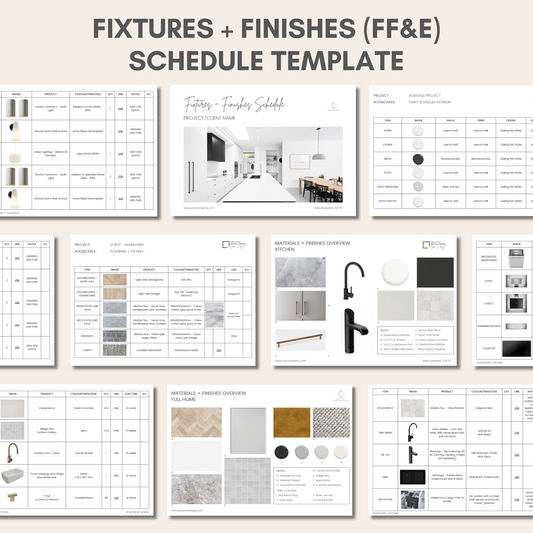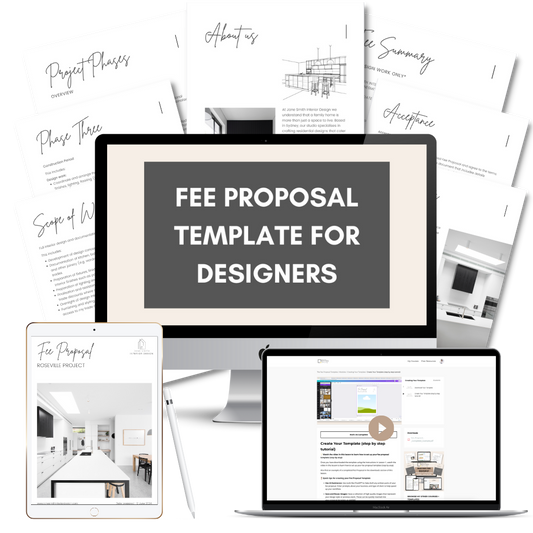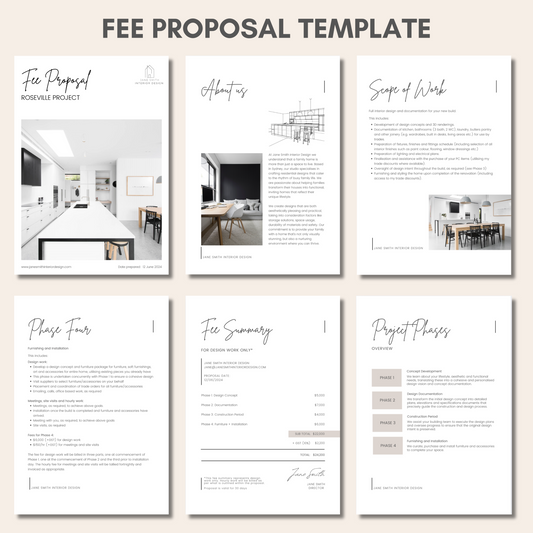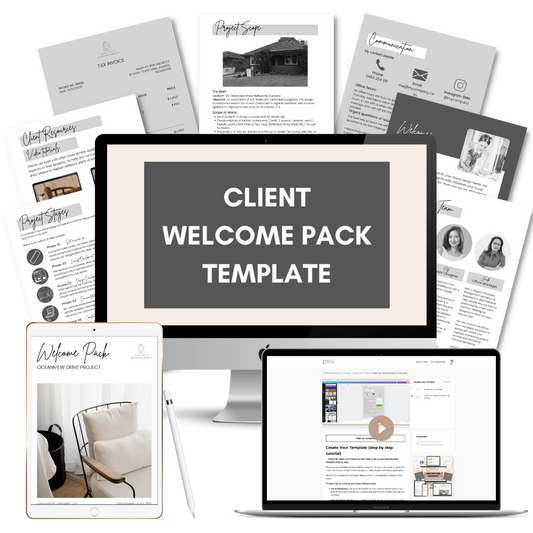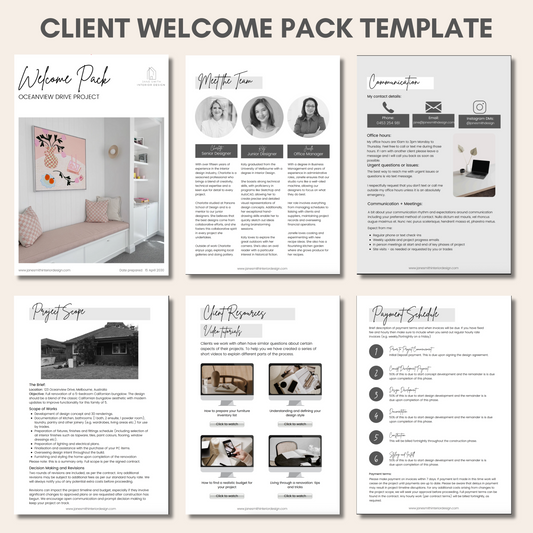Once a construction project is finished don’t just walk out the door and leave your clients wondering how to make everything work in their new home.
Or worse still just leave a pile of (often dirty from being on site!) manuals for appliances on the bench/counter top for clients to have to sort through and put away.
Instead of this average client experience, put together a client handover folder that you can leave with clients on the day of project handover.
The purpose of the folder is to help transition the ownership of the products and home from the contractors to the clients.
Having a comprehensive handover folder will:
-
make the end experience of the project just as enjoyable as the beginning (remember to always be focusing on client experience!).
-
help your clients understand how to use their new home
-
have everything they need in one place so they can refer to it whenever they have a question (i.e. saves you time as they won’t call you or the contractors when they can’t work something out!)
-
is something that can be kept with the house - i.e. if they ever sell the house this can be handed to the new owners so they also can work out how to use everything in the home.
In this post I share some of the things you might include in a client handover folder at the completion of a residential construction project.
Who should put this together?
The building or construction company in charge of the project should really be responsibility for putting together the client handover folder. But in my experience most builders or contractors won’t spend the time putting this together.
If they are saying that they will take ownership of this then that’s fantastic and let them do it, but if you want to create one that is presented really nicely and has everything across the entire project collated then this will take some coordination and most contractors won’t spend time doing this.
Someone needs to take leadership on putting this together so if nobody is doing it then I would suggest you be that person!
Whoever decides to put it together will need to think about this from the start of the project as it will require documentation and collation of lots of different elements of the project and making sure that manuals and operation guides for appliances and other installed products are all kept safely stored as the project continues.
Here’s what to include in a handover folder
Your handover folder can include lots of different things but the main purpose of it is to keep all the information about the home in one place, including how to operate everything that’s there.
Some of what is included may seem obvious right now, but remember this folder is going to ‘live’ with the house for the long term and information about the home will get forgotten over time or won’t be known by new owners if the home is ever sold.
I have moved in to a lot of new homes over the years and have not known how to work things because there was no operating guides or manuals available - it’s so annoying! So include as much detail as you can about the home and what’s inside.
Here’s some of what a handover folder might have in it:
-
Details of contractors and designers associated with the build/renovation/remodel (this is helpful especially if the house is sold so new owners can contact the correct people if they have any concerns or questions down the track) - including phone and email of key contacts
-
All keys, fobs, remote controls that run the house - these won’t go in the folder obviously but are definitely part of the handover process
-
A copy of the design plans and consultant plans (e.g. engineer reports, plumbing or sewer diagrams etc.). Remember to include final, as built versions of these documents and not previous versions.
-
A copy of the fixtures and finishes schedule - i.e. products (with suppliers) used in bathrooms, kitchen, laundry etc. including tile selections, taps/bath/toilet brand and supplier etc.
-
A copy of consent documentation or council approvals
-
Licenses or certificates related to the build - e.g. waterproofing certificates
-
Paint schedule (i.e. all paint colours and finishes used within the project room by room and also for the exterior)
-
Fabric selections (e.g. for curtains or blinds or for fabric used on custom furniture)
-
The location of important services e.g.
-
isolation valves for gas, electricity, water
-
location of electrical box
-
location of plumbing inspection points
-
location of water tanks (if underground)
-
-
Warranties, operations manuals or operating guides for all appliances or electronically operated items in the home (e.g. included electronic skylights, automatic curtains etc.)
-
Additional operating instructions for anything not obvious in manuals (e.g. if a specific supplier or contractor has handed over other information that is not included in the operations guides)
-
How to operate the security system
-
How to care for solar systems
-
How to care for the pool
-
Cleaning and maintenance guides - e.g.
-
how to care for the stone bench or counter tops
-
how to wash or care for specific types of cladding
-
appropriate cleaning products to use on all surfaces and finishes around the home
-
-
Landscaping maintenance information - e.g.
-
plant schedule and how to care for the plants
-
how to operate automatic watering systems and where these are located
-
how to change day light savings or summer/winter settings for any watering systems
-
-
A suggested maintenance schedule (you could create a branded template for this to include in all folders as this will be the same for all clients)
-
Annual maintenance:
-
air-conditioning service
-
pest and termite check/spray
-
smoke alarm
-
deck paint and seal/recoating
-
pressure wash driveways and pavers
-
carpet cleaning
-
curtain dry cleaning
-
hot water system check
-
pool maintenance/check
-
water tank maintenance/check
-
-
More regular maintenance:
-
garden maintenance
-
pool cleaning and chemical checks
-
wipe down blinds/shutters
-
6 monthly water filter check/replacement
-
6 monthly window clean
-
6 monthly smoke alarm battery replacement
-
6 monthly gutter clean
-
-
-
Other relevant details specific to the home
How should the client handover folder be presented?
As designers we are aesthetic people.
I would recommend you create a standardised way that you present a handover folder to a client so you create a system around how to collate this as each project continues. Take the time to develop standardised pages that will go in the binder so these are easy to update throughout the project. This could be helpful for things that are included in all binders like paint schedules, maintenance checklists and contractor details.
A binder is often the best way to collate all the information as you can include divider tabs for the different types of information/sections of content and can also include plastic sleeves to keep manuals and operation guides safe.
Create a cover page for the binder that is matched to your branding - this is clever as each time the clients (or future new owners of the home) need to refer to something they are reminded about you and your business - hello referrals and repeat work! This is another template you can have standardised to make life easy for yourself each time.
Just be careful not to make the branded page look like you were fully responsible for the project - make sure to include the logos of other main businesses involved in the project and ensure appropriate credit is given to them for their involvement in the project. This was likely a collaborative effort so make sure that is clear.
So for the next project you’re part of take a leadership role on being the creator of the client handover folder (if nobody else is taking responsibility for this) and leave your clients with something that makes living in their house really easy and enjoyable!
Need a template to help you? Get it here


